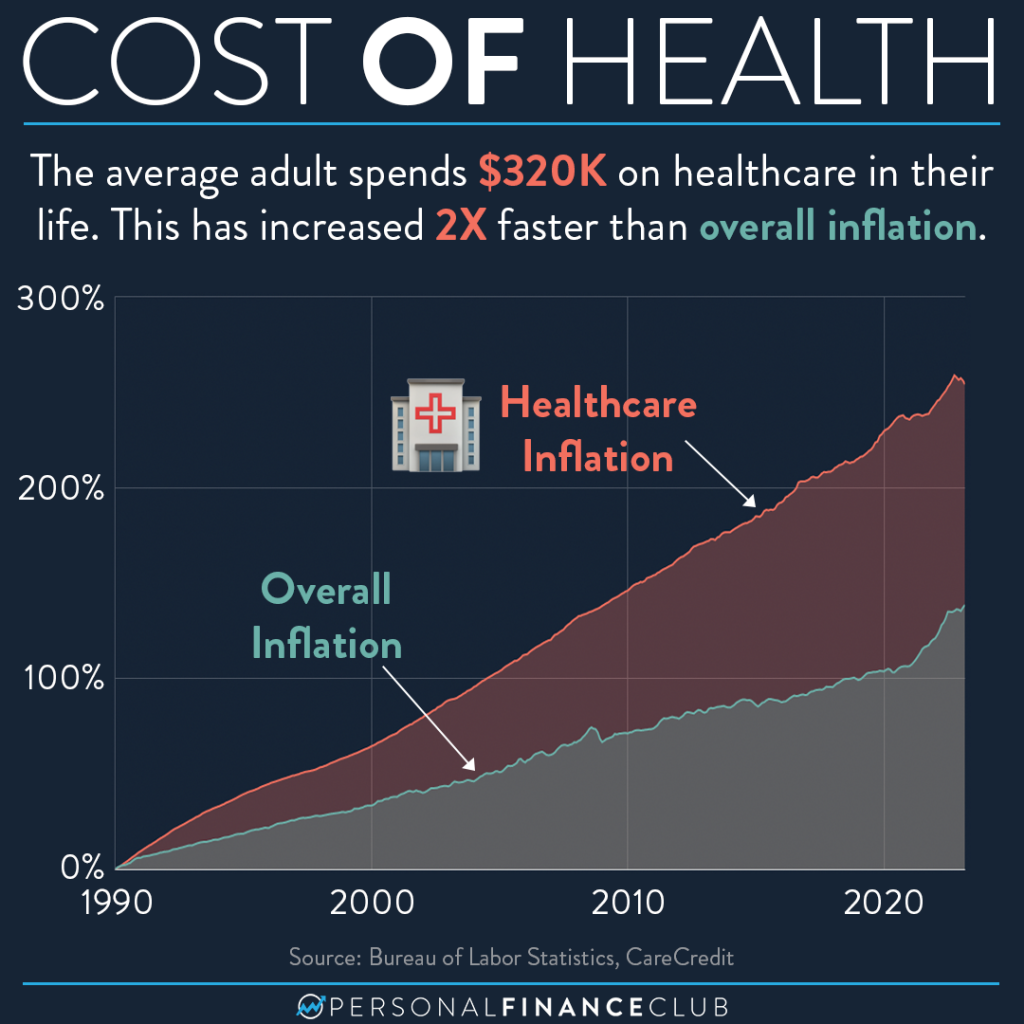Leading Healthcare RCM Strategies for Better Financial Performance
Leading Healthcare RCM Strategies for Better Financial Performance
Blog Article
A Comprehensive Guide on How Health Care RCM Works to Improve Payment and Collections
Navigating the intricacies of healthcare earnings cycle administration (RCM) is essential for providers intending to enhance their invoicing and collections procedures. The overview unboxes the complexities of RCM, from person registration to accounts receivable administration, offering insights into maximizing each step.
Comprehending Earnings Cycle Management
RCM is an essential administrative function that encompasses the whole financial process of person treatment, from the initial appointment establishing to the last settlement of the equilibrium. It is a complicated procedure designed to recognize, accumulate, and handle the revenue from the solutions offered to individuals.
The RCM process starts when a client schedules an appointment and expands with the client's care journey, including payment and collections. A vital goal is to lower the time between getting and providing a solution payment, hence improving the organization's economic health. RCM involves various functions such as patient enrollment, insurance policy verification, fee capture, coding, asserts entry, repayment uploading, and taking care of denials and appeals.
Key Elements of RCM
In the realm of Revenue Cycle Monitoring (RCM), comprehending its vital components is basic to achieving financial effectiveness within health care companies. RCM is a thorough procedure that encompasses different stages, each important to making certain reliable invoicing and collections. The key parts include patient enrollment, insurance verification, fee capture, coding, case entry, payment uploading, and receivable management.


When coded, claims are sent to payers, where precision is extremely important to stay clear of beings rejected or hold-ups - Healthcare RCM. Settlement posting involves tape-recording the obtained payments, which permits the reconciliation of accounts. Finally, receivables administration focuses on tracking and attending to unsettled cases, guaranteeing timely follow-up and resolution
Each part of RCM is adjoined, and ineffectiveness in any part can disrupt the whole cycle. Therefore, mastering these elements is essential for healthcare carriers to maximize earnings and improve their monetary health and wellness.
Methods for Effective Payment

Systematizing invoicing procedures across the organization is one more key technique. Establishing clear standards for documents, coding, and submission helps keep consistency and conformity with regulative needs. Training staff on a regular basis on these treatments ensures everybody is current with the most up to date modifications in invoicing codes and payer plans.
Precise charge capture is essential in preventing profits leakage. Applying routine audits and surveillance systems permits the recognition and correction of disparities before they influence income. In addition, preserving open lines of interaction with payers helps to promptly solve any type of conflicts or misunderstandings that may emerge.

Finally, interesting patients early in the billing process by offering clear quotes and educational materials concerning their economic duties can substantially minimize confusion and boost settlement timeliness. These strategies collectively add to an extra efficient and monetarily healthy billing system.
Enhancing Collections Procedures
Given the complexities of clinical payment and the selection of payer requirements, improving the collections process includes applying tactical actions that ensure timely and exact payment of solutions provided. Automation tools can assist in tracking claim statuses, sending timely pointers to individuals, and taking care of rejections much more important source effectively.
Educating team to comprehend the subtleties of insurance policies and billing codes is equally necessary. This expertise encourages them to resolve payment discrepancies quickly and connect effectively with patients concerning their economic duties. Moreover, transparent and clear client interactions are essential. Providing in-depth descriptions of charges and providing flexible settlement plans can raise client complete satisfaction and timely settlements.
Routine audits of the collections process need to be conducted to determine locations for improvement and make sure conformity with guidelines. By examining information, medical care companies can recognize trends, anticipate possible concerns, and adjust strategies as necessary (Healthcare RCM). Ultimately, a well-enhanced collections procedure not only sustains monetary health however additionally adds to a more smooth experience for clients and team alike
Optimizing Income Streams
Structure upon the foundation of a solid collections process, medical care organizations can additionally strengthen their monetary stability by strategically enhancing earnings streams. This entails a multi-faceted method, beginning with a comprehensive analysis of existing profits sources to recognize inadequacies and areas for development. Using innovative information analytics devices enables organizations to get insights into payer mix, patient demographics, and service usage patterns, enabling data-driven decisions that enhance income capture.
Carrying out automated billing systems can considerably decrease mistakes and speed up cases processing, making certain that profits is collected much more successfully. Additionally, maximizing payer contracts through regular negotiations can improve reimbursement prices and terms, straight influencing the lower line. Branching out solution offerings, such as including telehealth or health programs, can additionally attract a broader patient base, therefore raising profits capacity.
One more vital element is enhancing person interaction and contentment, as completely satisfied individuals are most likely to stick to therapy strategies and make prompt repayments. Offering flexible repayment options and transparent invoicing practices can improve collections and foster person get redirected here commitment. Healthcare RCM. By taking on you could look here these approaches, medical care companies can produce a much more durable financial structure, ensuring sustained growth and security in an ever-changing market landscape
Final Thought
Finally, medical care Income Cycle Monitoring (RCM) plays a crucial role in enhancing payment and collections processes by integrating vital elements such as person registration, insurance confirmation, cost capture, coding, asserts submission, and receivable management. By employing advanced innovation, systematizing treatments, and fostering client interaction, medical care service providers can considerably decrease case denials, accelerate payment cycles, and improve cash money flow. This detailed approach to RCM eventually causes enhanced monetary performance and sustainability for healthcare organizations.
The RCM procedure begins when an individual schedules a consultation and prolongs with the patient's care journey, including invoicing and collections.Another crucial component is enhancing person interaction and complete satisfaction, as completely satisfied clients are much more likely to stick to therapy plans and make prompt repayments. Offering adaptable settlement choices and transparent billing techniques can enhance collections and foster client commitment.In verdict, healthcare Income Cycle Monitoring (RCM) plays a critical function in maximizing invoicing and collections processes by incorporating key components such as client registration, insurance policy verification, cost capture, coding, declares submission, and accounts receivable administration. By using sophisticated technology, systematizing treatments, and cultivating client involvement, health care service providers can substantially lower insurance claim denials, accelerate settlement cycles, and improve money flow.
Report this page